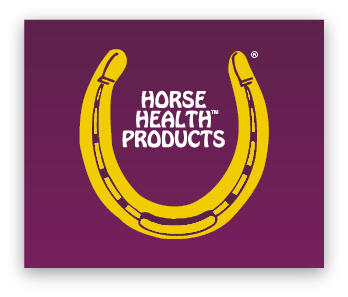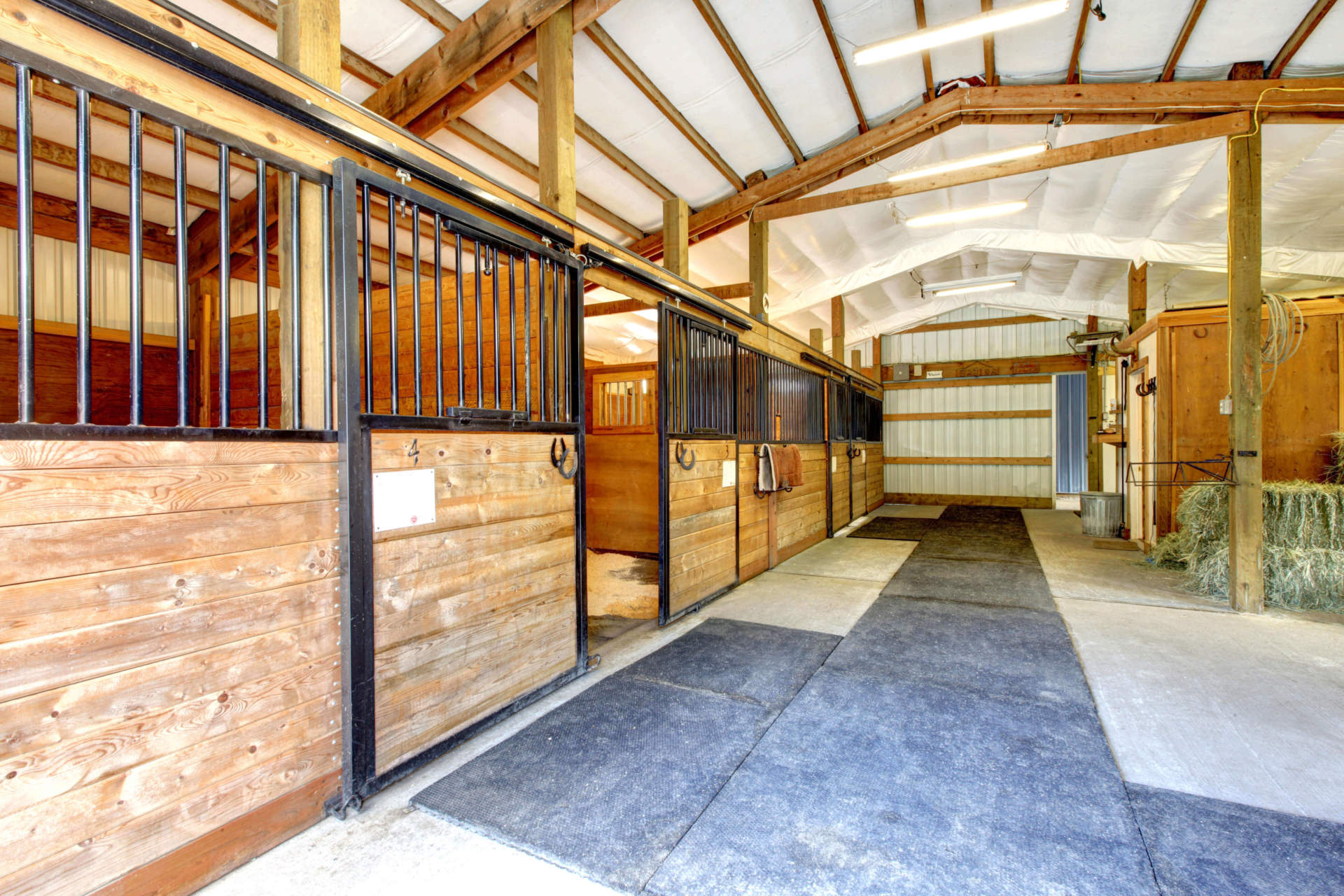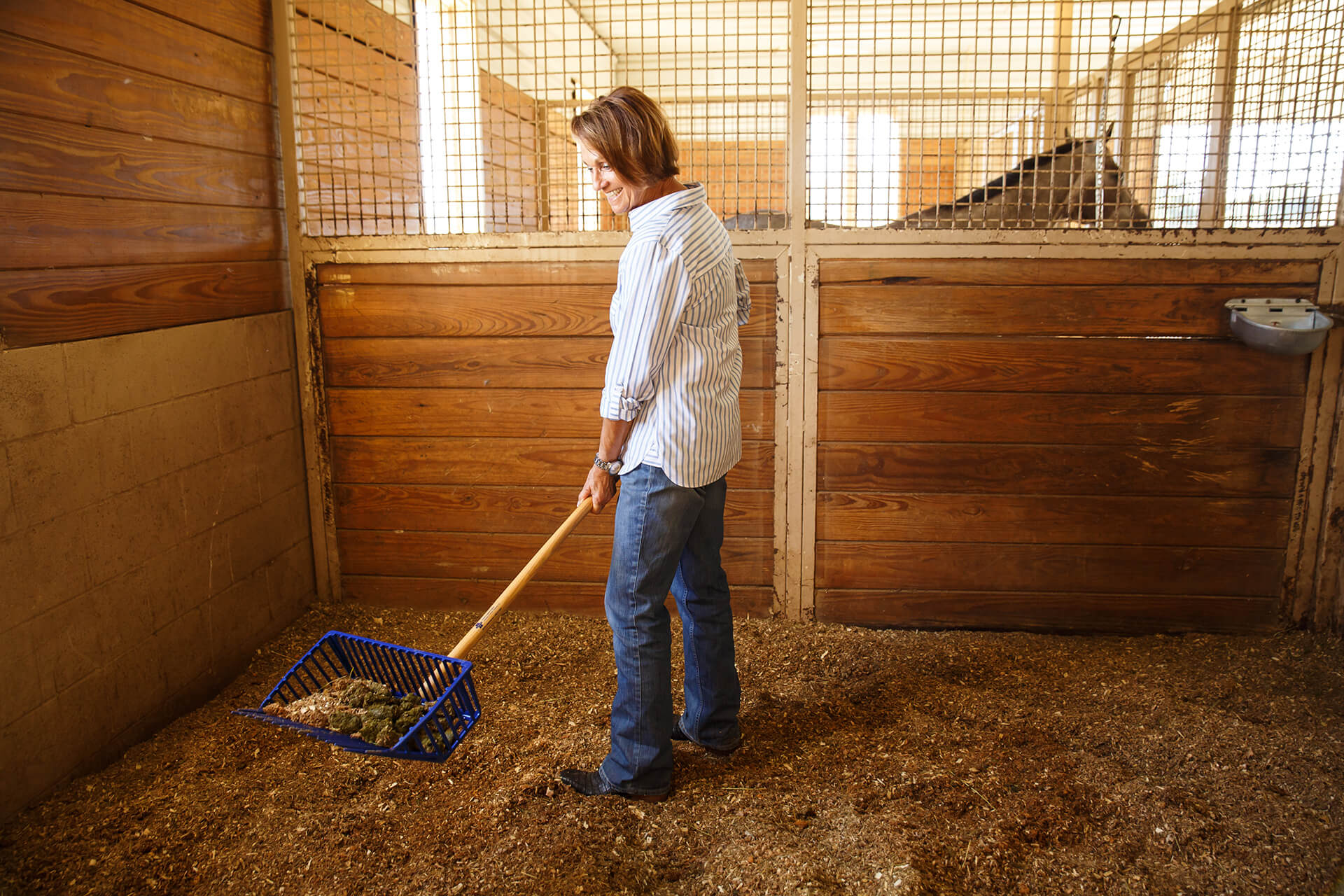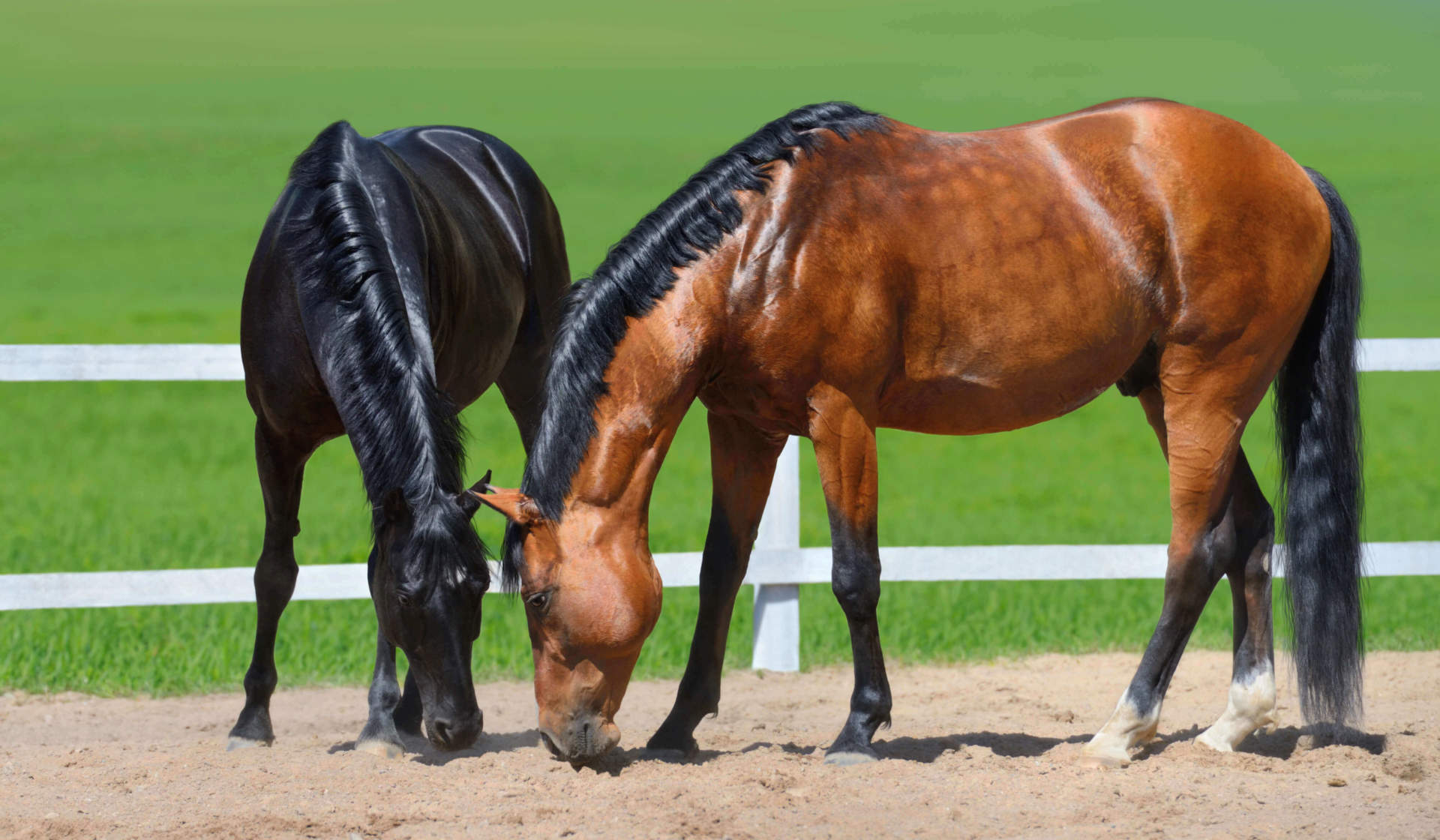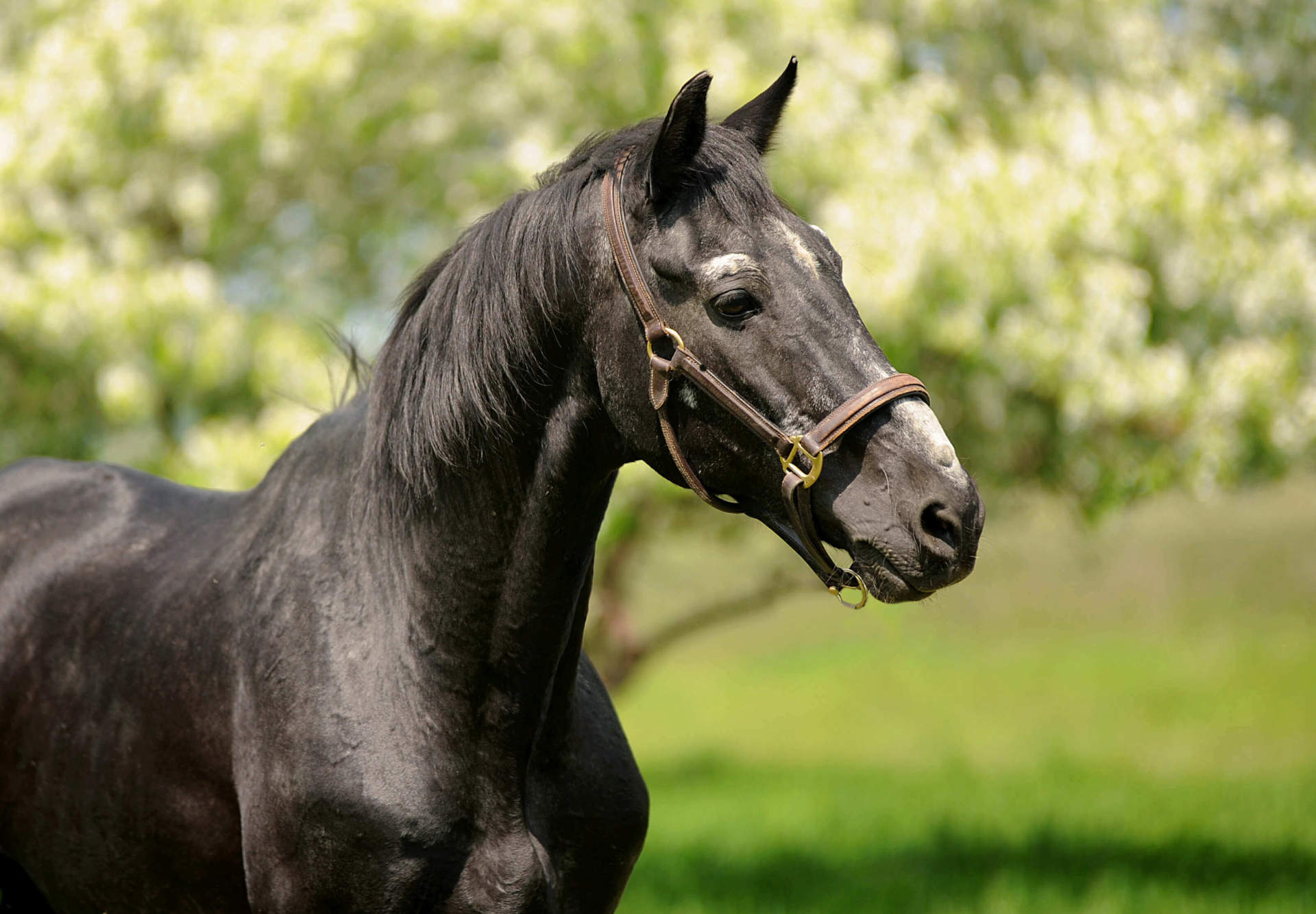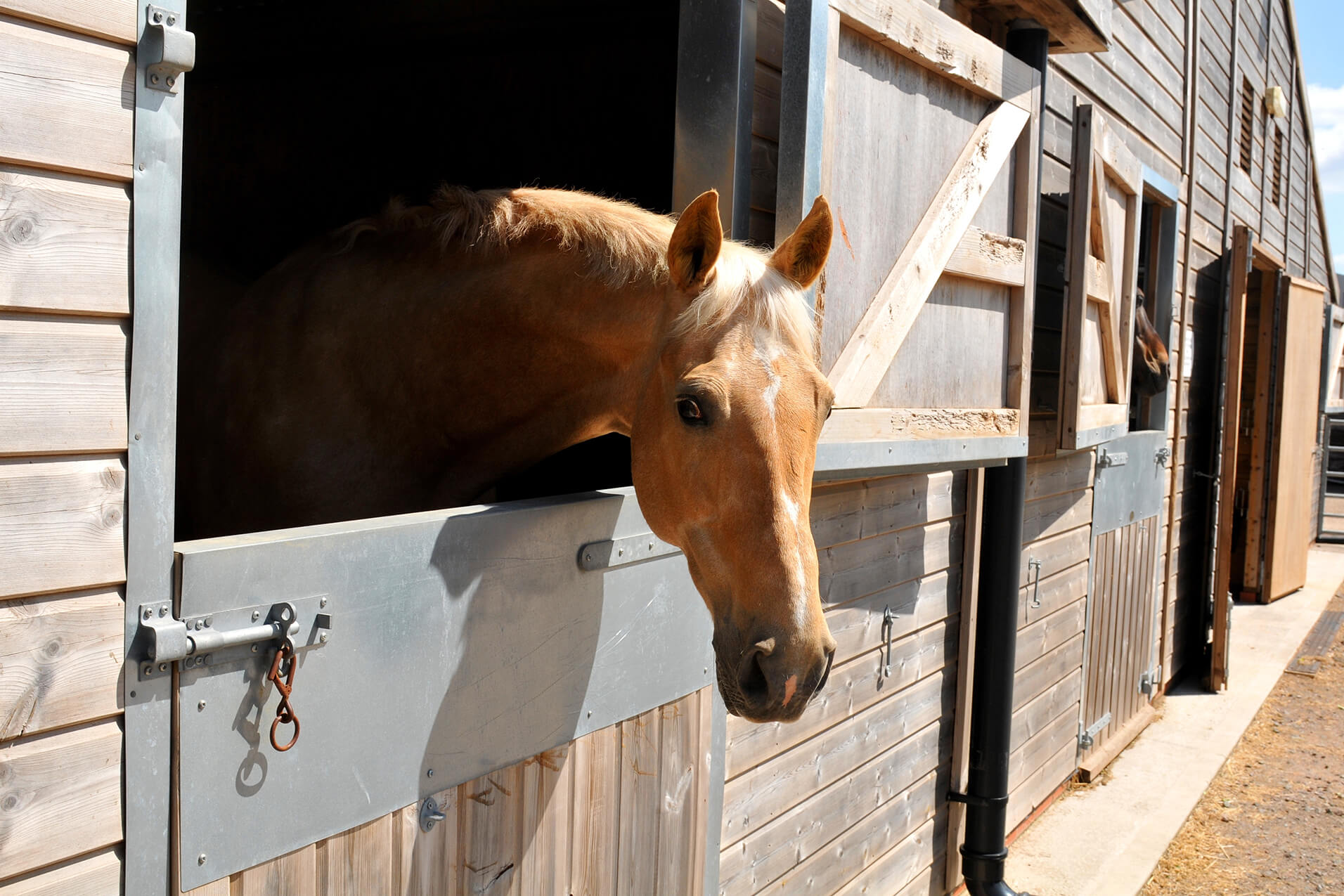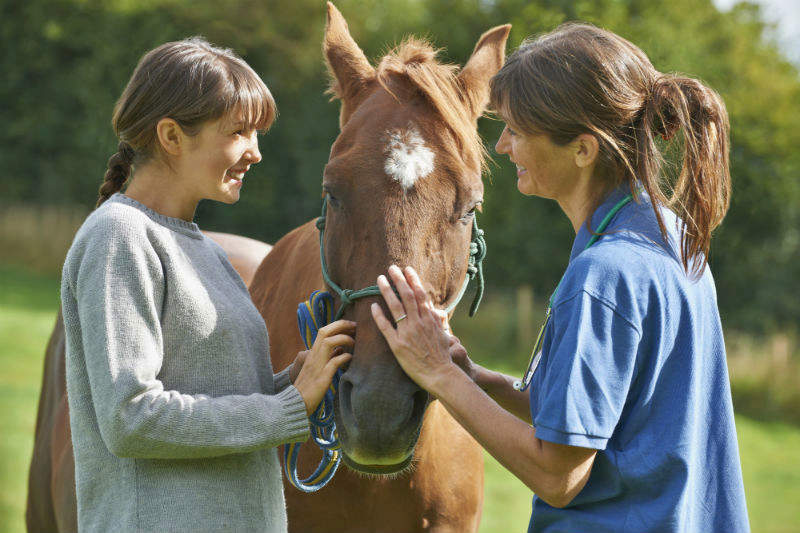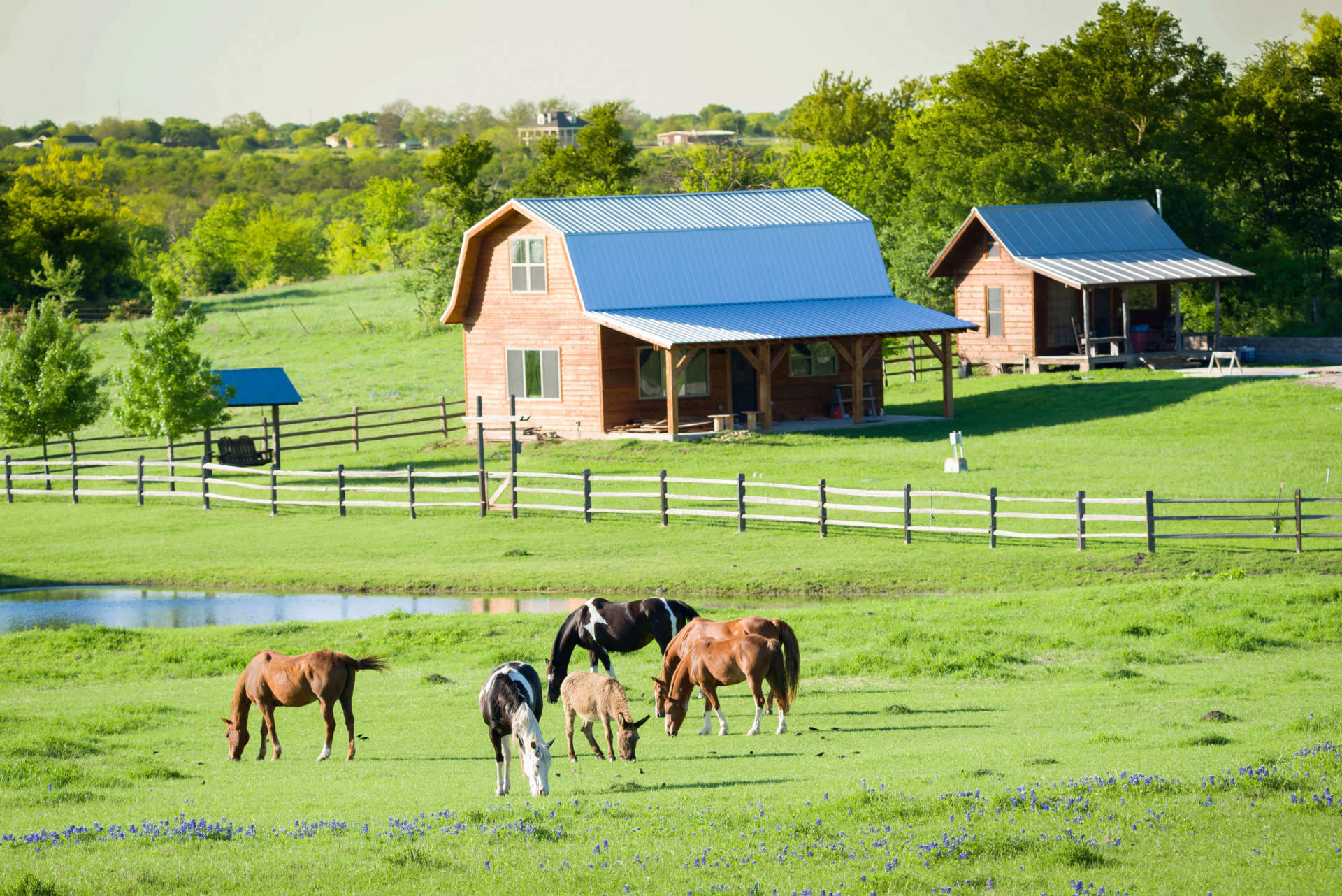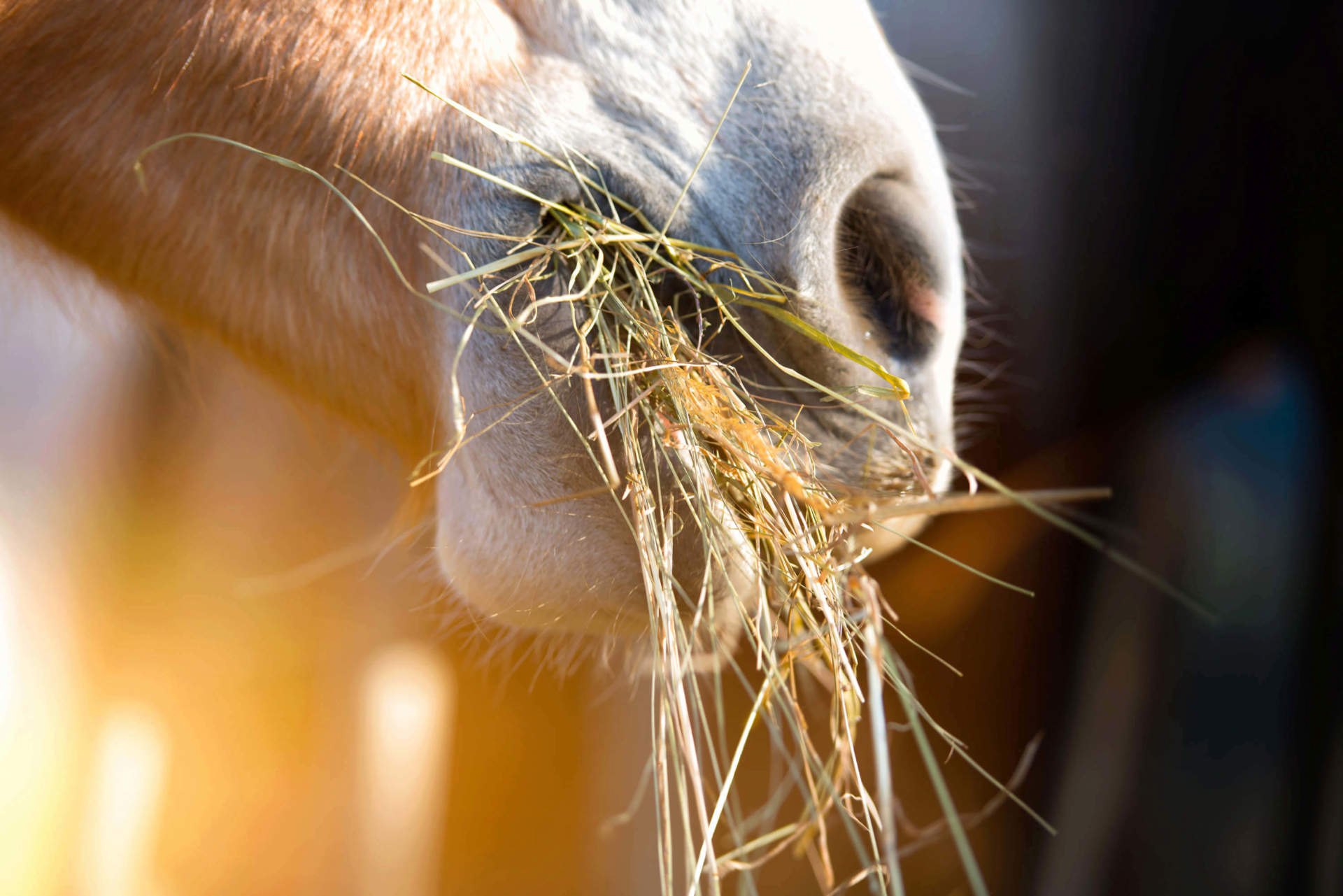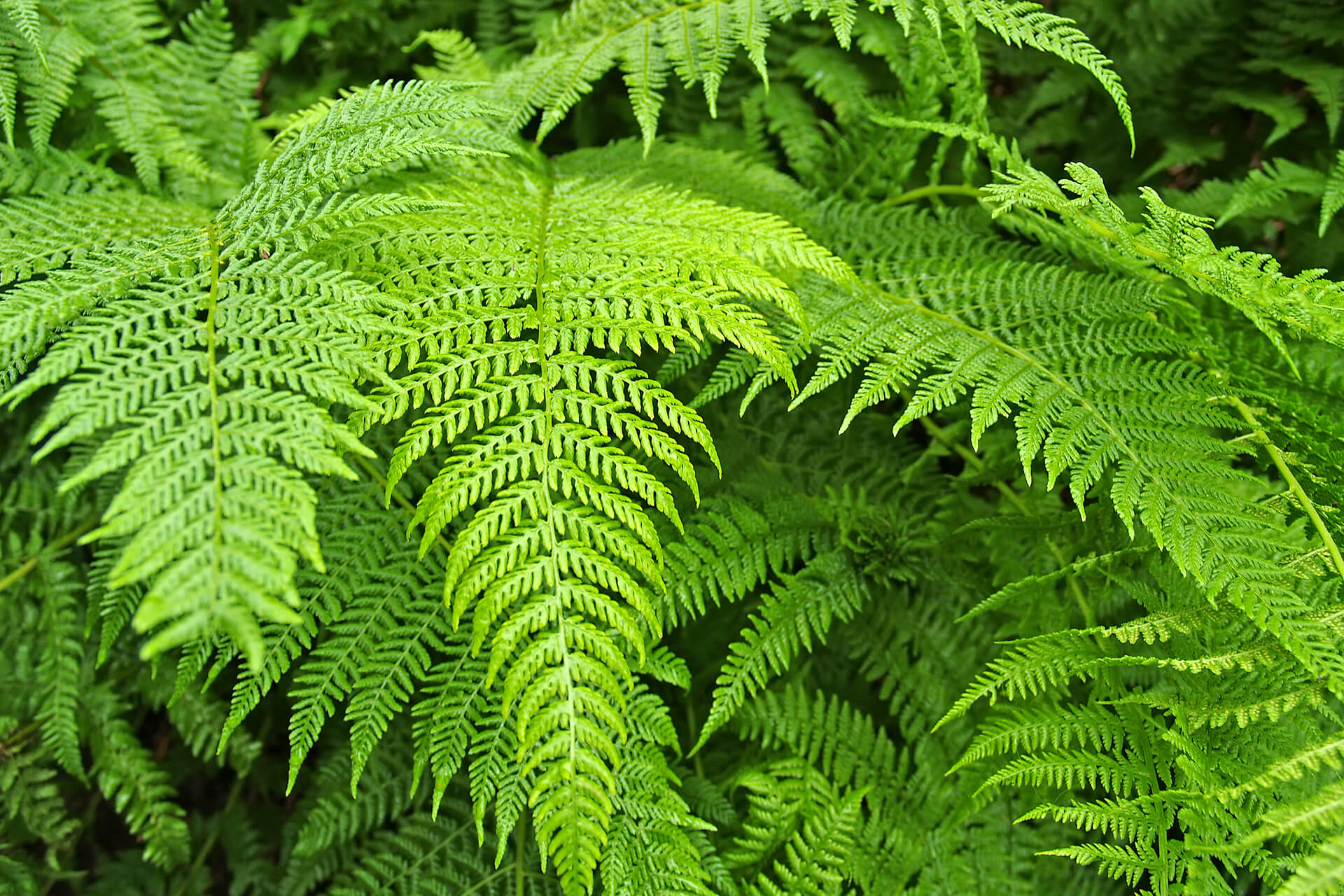-
Something’s in the Air: Winter Barn Ventilation
Barn ventilation is a crucial factor in maintaining a healthy environment for the wellbeing of the horses stabled inside. Barn ventilation tips inside!
-
On The Fence: Tips for Choosing Horse Fencing
Choosing the type of fencing for your horse facility or barn is very important. Visit our Horseman’s Report to learn more about horse fencing today!
-
5 Things to Look for in Your Horse's Manure
Analyzing your horse’s manure can reveal important information and is one of the best ways to monitor your horse’s health. Read about the 5 things to look for in your horse's manure!
-
Anatomy of Your Horse’s Skin
Skin is a very important part of horse anatomy & health. Understanding the makeup of his skin is the first step to keeping it healthy. Learn more today!
-
Caring for Senior Horses
Thanks to better nutrition, management & veterinary care, horses are living much longer. Let Horseman’s Report help you care for your senior horse!
-
Tips for Making Your Horse's Stall Safe
Since horses spend a lot of time in a stall, it’s your responsibility as owner to make sure your horse’s stall is as safe as possible.
-
Dewormer Dilemma: Creating a Dewormer Program
There are a number of dewormers on the market and it can be confusing to horse owners in knowing which one to buy and how they differ. So… how do you choose?
-
The Facts of Fecal Egg Count Exams
The fecal egg count exam (FEC) can shine insight on the health of your horse & the effectiveness of your deworming program. Visit Horseman’s Report today!
-
Late Summer Concerns: Bots and Pasture Conundrums
Horse owners constantly face concerns with their horse care management in fall, bot flies & pasture maintenance. Read the Horseman’s Report for tips today!
-
Oh, Crud: Managing Skin Irritations
Your horse’s skin is his largest and one of his most important organs. The skin does everything from help your horse stay hydrated to hold his body together; healthy skin also blocks invading pathogens and provides protection against bugs and the sun.
-
Equine Emergency: Choke!
Choke in horses cause the airway stays open & the horse is generally not in immediate danger. Learn more about signs of horse choking today!
-
Poisonous Plants for Horses
Poisonous plants are a concern for all horse owners, especially for those with horses who live out on pasture. Learn which toxic plants are poisonous for horses, how to recognize them and understand the symptoms they may cause.
Search returned 71 results
